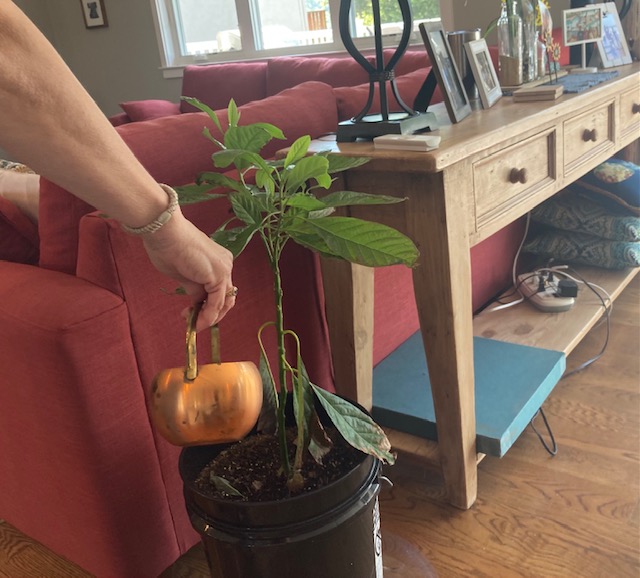Starting in 2020, physical distancing, quarantine, and social isolation have kept many at home. For some searching for ways to occupy their time, indoor gardening has helped people bring the outdoors into their homes without risking their health.
Garden Center Magazine’s “2020 State of the Industry Report,” surveyed 300 independent garden center owners and reported that 71% of plant nurseries saw a significant increase in sales during the COVID-19 pandemic.
“Indoor gardening has become the new national pastime,” said Andrew Broderson, the resident horticultural consultant at Wegman’s Nursery. “People were so eager for a new hobby, and sales have gone up considerably, which sometimes causes bottlenecks for popular items.”
Wegman’s Nursery, located in Redwood City, California, has been operating in the Bay Area for over 60 years. Their outdoor space, along with strict compliance to health guidelines, has allowed their business to continue since the onset of COVID-19 precautions.
“It’s been great that we’ve been able to stay open, for us and our customers,” Broderson said. “We know that plants can protect people’s health and sanity.”
As Broderson referenced, the idea that growing plants inside aids mental and physical well-being is supported by extensive research. Public health experiments conducted by NASA revealed that some plants could remove 87% of toxins, such as formaldehyde, from the air in enclosed spaces within 24 hours. This improves overall air quality and can be especially effective for people with respiratory ailments.
Additionally, rooms with indoor plant life can contribute to recovery from cognitive fatigue, according to the North American Journal of Psychology. At a time when many are working from home, people may find relief by keeping foliage nearby. House plants have benefits to offer, but only if they are taken care of properly.
“It’s important that you don’t let any water stagnate at the bottom of your houseplant, as the roots will atrophy and decay,” Broderson said. “Aside from that, any sub or tropical plant species that receives sunlight will do well in an indoor environment.”
Broderson went on to say that peace lilies and parlor palms are commonly purchased for indoor growth, as they are resilient and can thrive with little light.
Despite a drastic resurgence in 2020, the Encyclopedia Britannica recognizes that indoor gardening has been around for centuries, dating back to the use of potted plants in Greek and Roman civilizations.
“Plants are a great way to add some life to a space,” said Kyleen Freeburg, an interior design student. “They can be accents or pops of color without labor-intensive alternatives like paint.”
Freeburg, a Bay Area native working in real estate, developed a passion for indoor plants over the past year and believes it has changed her own home environment for the better.
“I feel like having plants in the rooms in my house makes them happier, which translates to a better mood overall,” Freeburg said. “Plus, it’s a natural decor option that is good for you and the environment. Beneficial on all fronts.”












